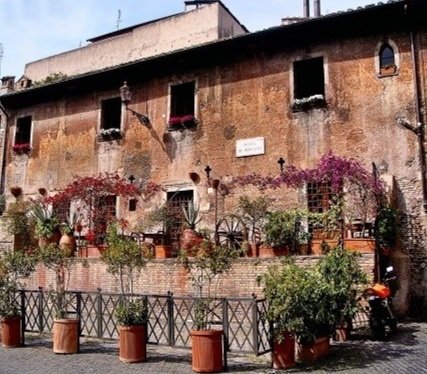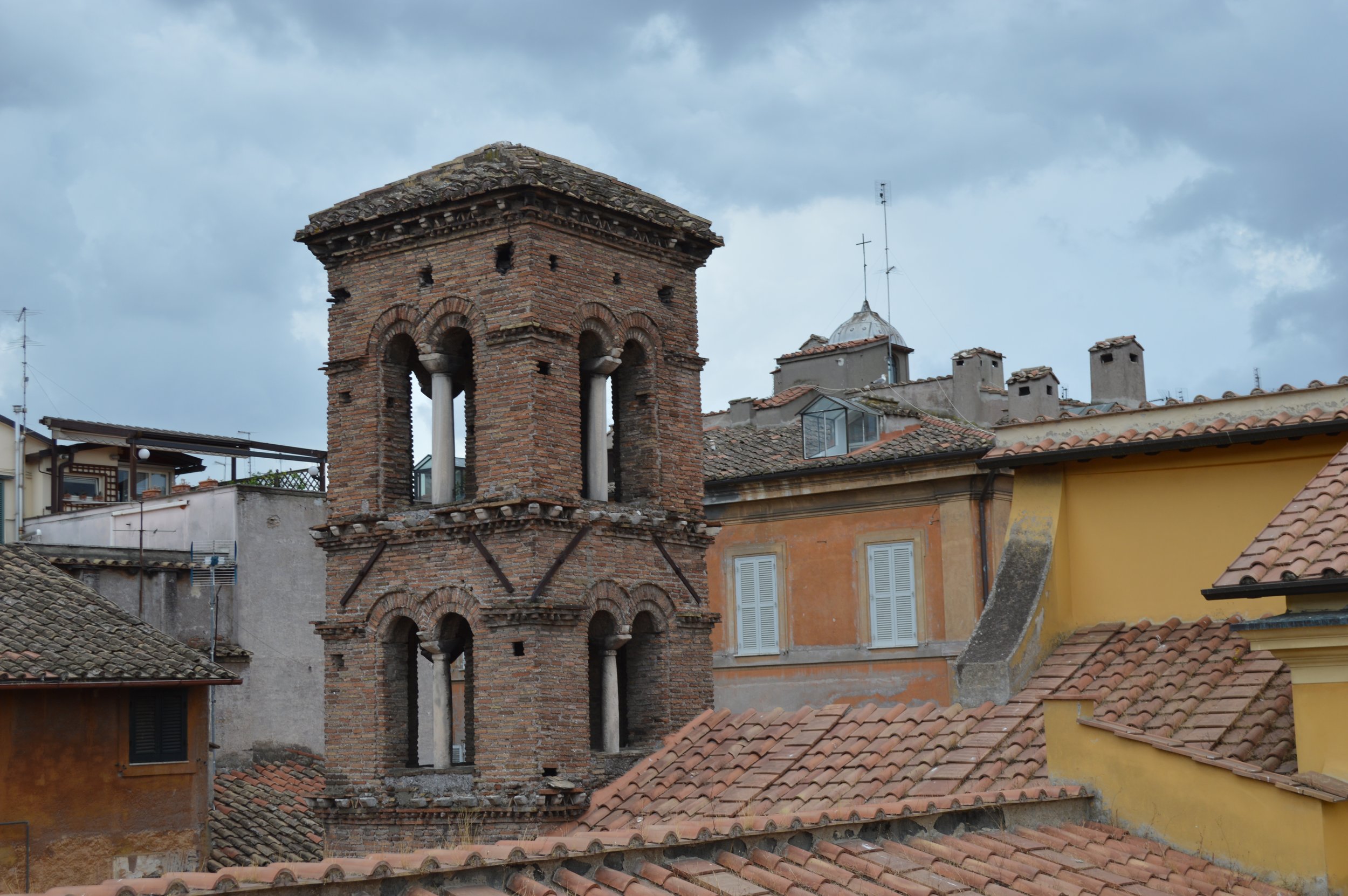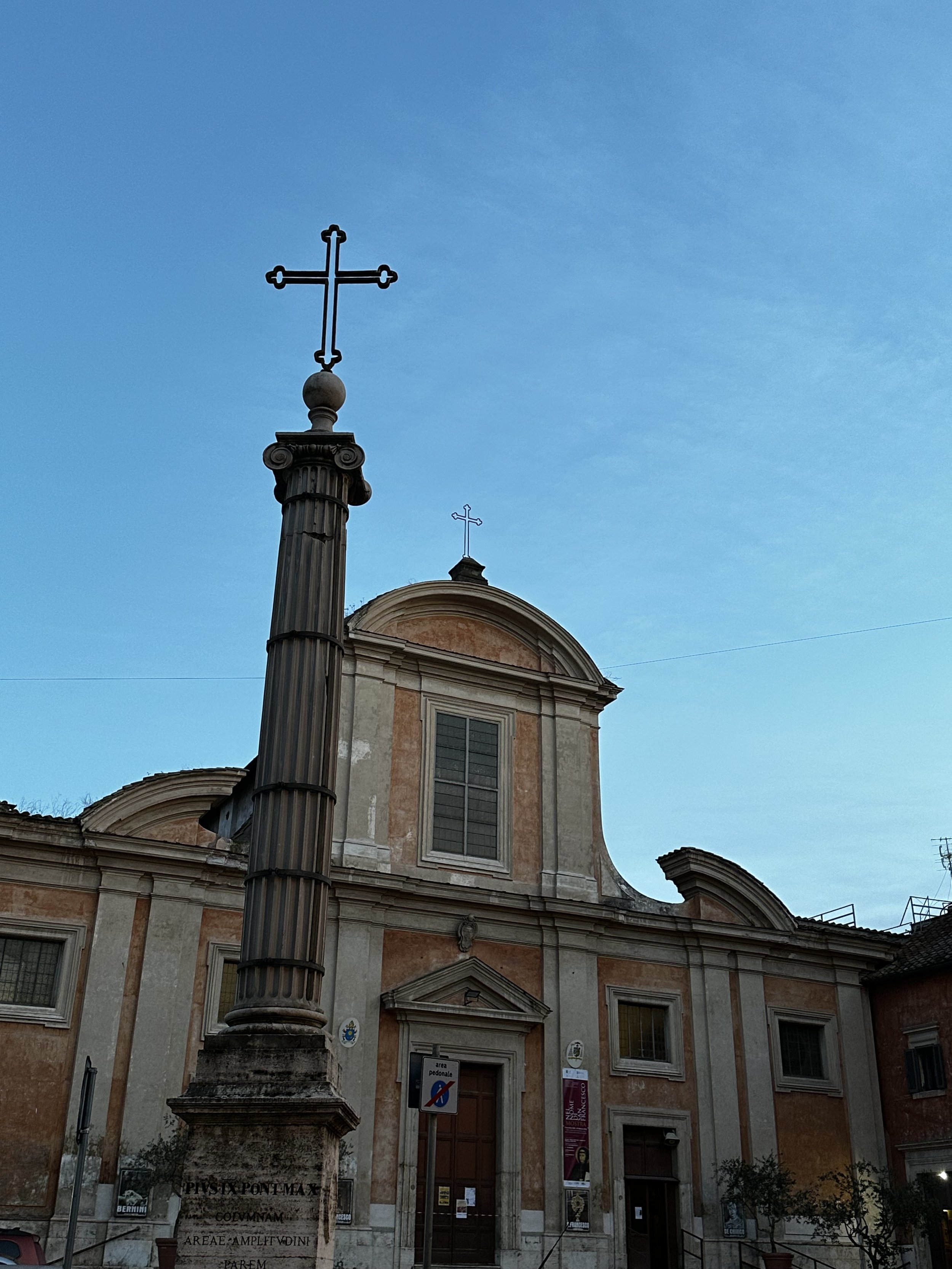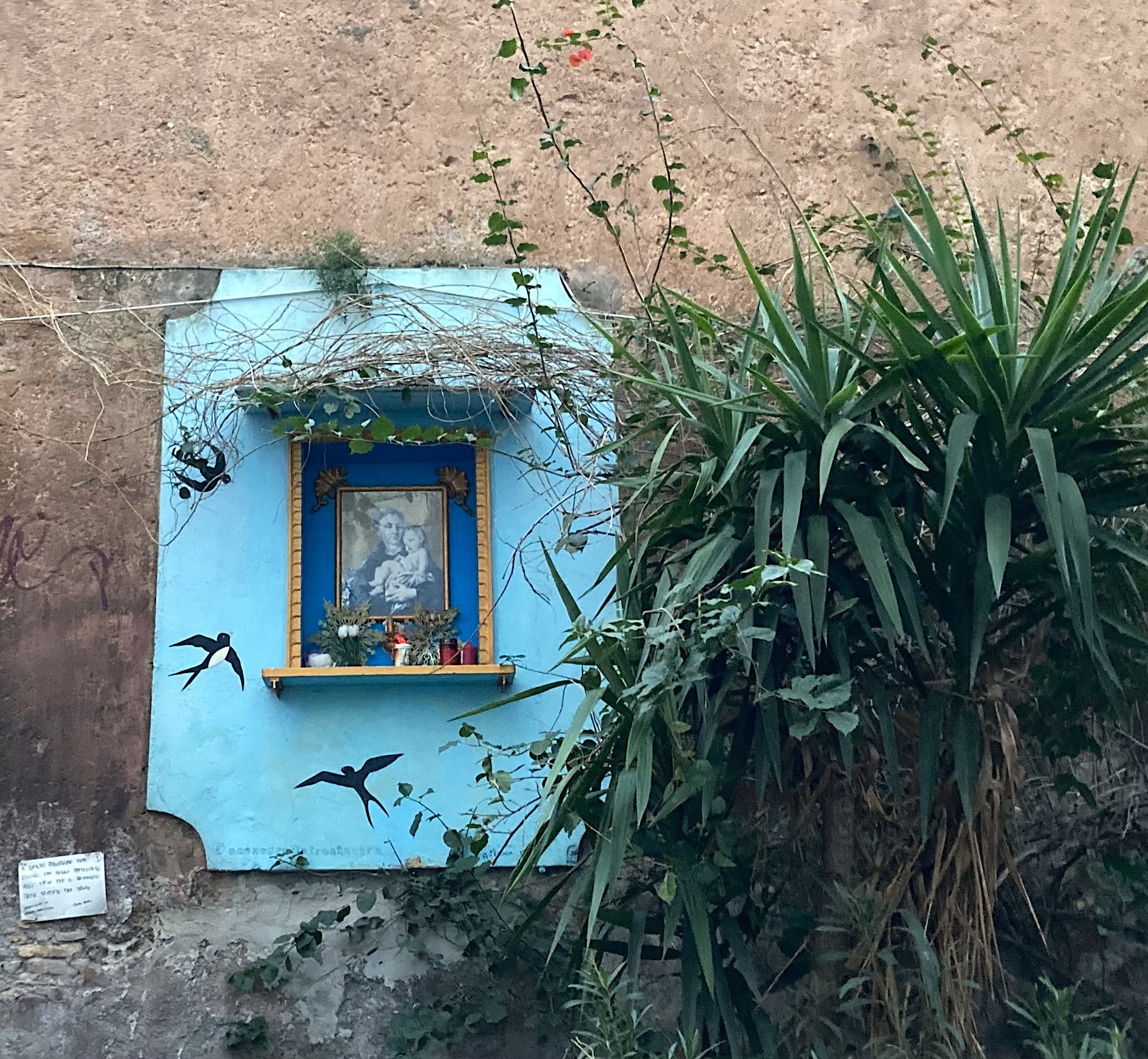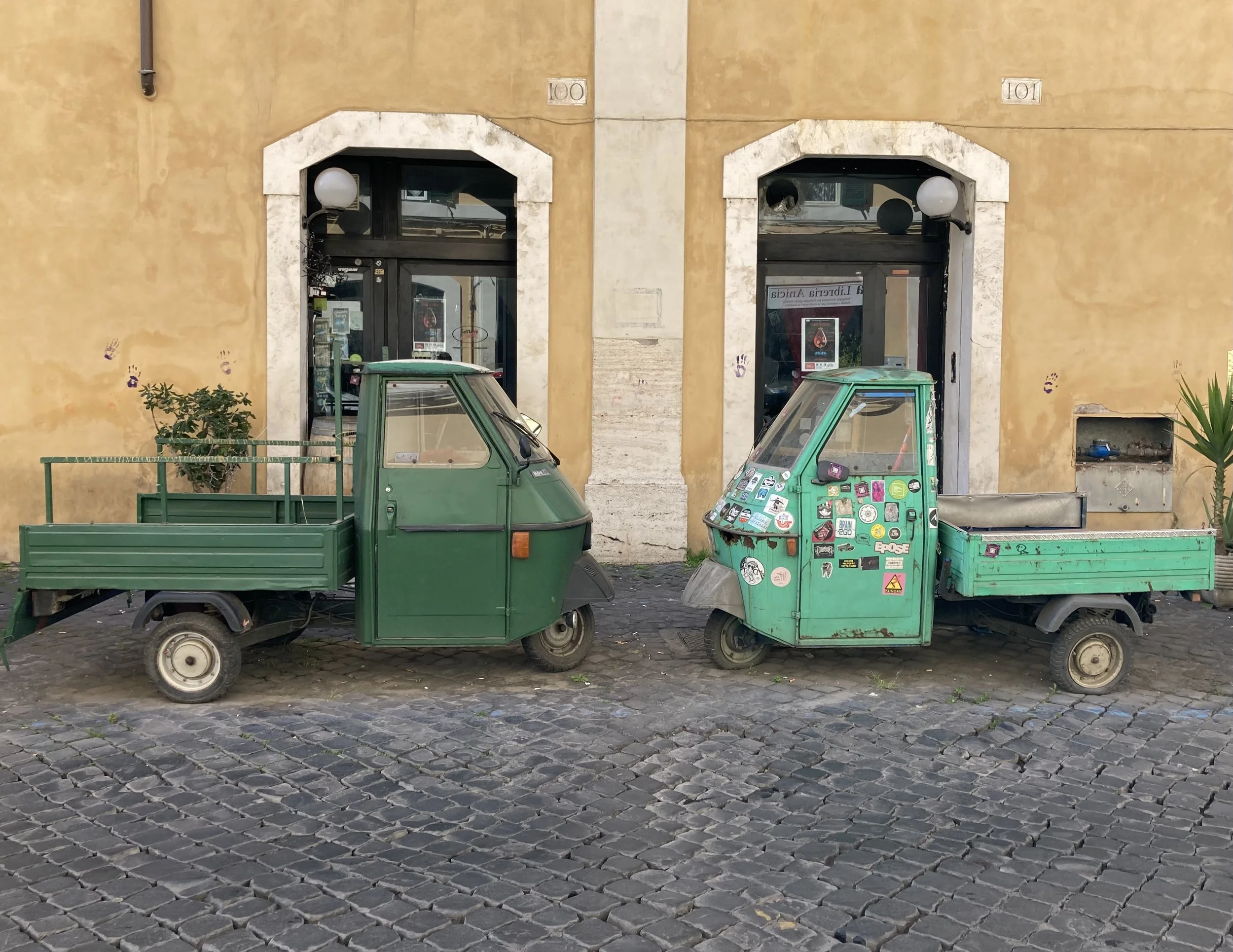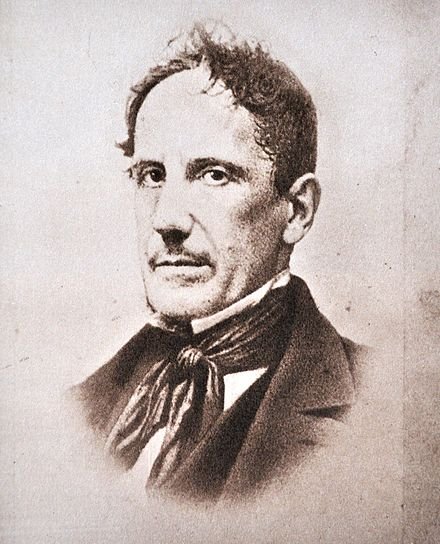
Churches | Culture | People
About Exploring Trastevere
Trastevere is a special part of Rome. On this website you can find the stories of Trastevere, organized in three distinct walking tour themes. Explore the different sites virtually by reading through the stories, and then grab your walking shoes to see them yourself. Or kick back at home and browse through our additional insights under the “explore more” tab. Either way, we hope you enjoy exploring the gem of the Trastevere quarter.
The History of Trastevere
Its history has always been distinct from the other side of the river… and the relationship between the two has not always been harmonious! The spirit of independence is best summed up by the annual July festival held in the streets of Trastevere called ‘Noiantri’, which translates as “we others”.
In the early period of Roman history, whilst the Latins were creating what would become Rome on the seven hills of the left bank, over in in trans Tiberium – the area across the Tiber river – the Etruscans were in control. Even after the Etruscans were absorbed into the Roman Empire and Trastevere officially became part of Rome, it was always on the periphery of the city, never at the center of events.
There were some gardens, some industrial works, a few villas, and, most notably, a circus for Nero and a tomb for Hadrian. It is the latter which dominates the skyline today as Castel Sant’Angelo, but it is the former that has had the most enduring impact on the development of Trastevere. It was in Nero’s circus that St Peter was crucified and he was buried in a nearby cemetery - this led to the building of St Peter’s basilica over the grave and ultimately resulted in Rome becoming the capital of western Christendom. Rome was transformed, Trastevere even more so.
As the papacy assumed not only spiritual control of Europe but also political control of a large territory, so Trastevere developed the typical haphazard pattern of narrow streets familiar from across medieval Europe and that is the area’s defining feature today. Yet throughout its chequered history, Trastevere has kept its character - steadfastly working class, defiant in the face of attack, holding on to traditional culture such as its distinctive dialect after it had died out elsewhere. Many think that Trastevere today is losing its character because of gentrification and tourism, but traces of the old Trastevere remain – even amongst the wine bars and the restaurants.
Enjoy this short highlights video of scenes from throughout Trastevere, featuring the music of Trastevere’s own, Ennio Morricone!
Exploring the Neighborhood
The
Churches
The
Culture
The
People
“The thing I love about Rome is that it has so many layers. In it, you can follow anything that interest you: town planning, architecture, churches, or culture. It’s a city rich in antiquity and early Christian treasures, and just endlessly fascinating. There’s nowhere else like it.”
— Claire Tomalin
The Sounds of Trastevere
